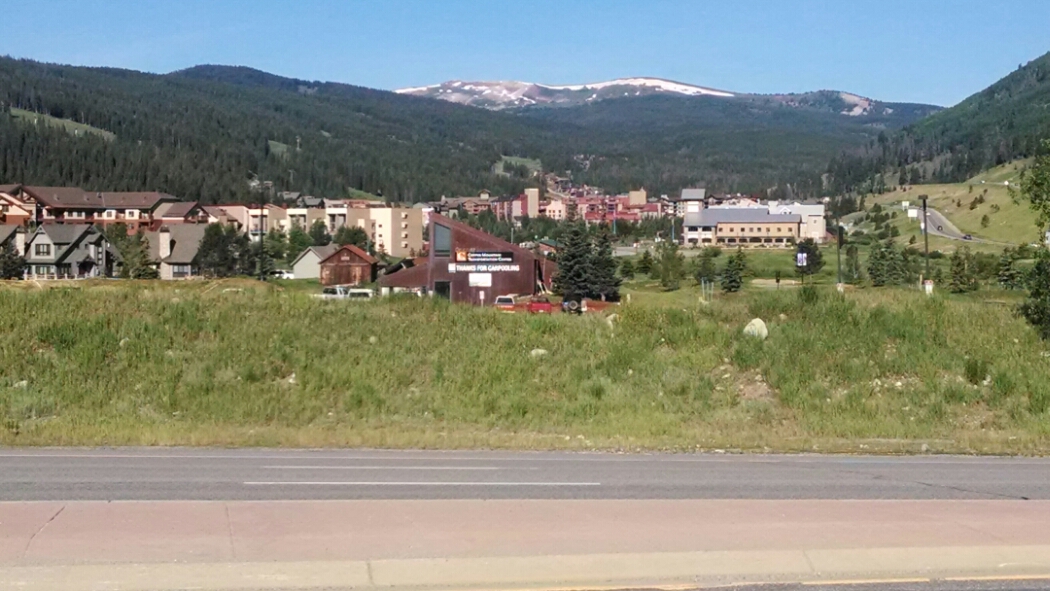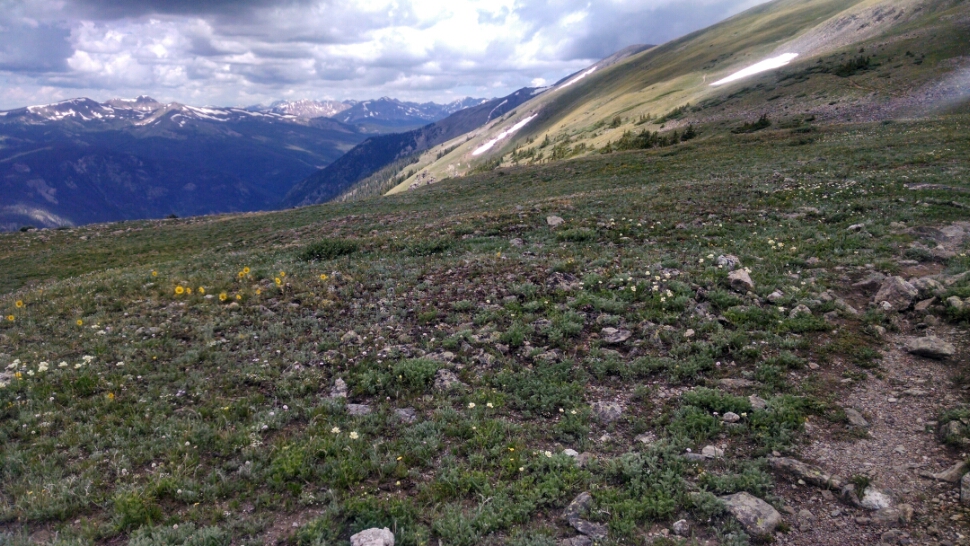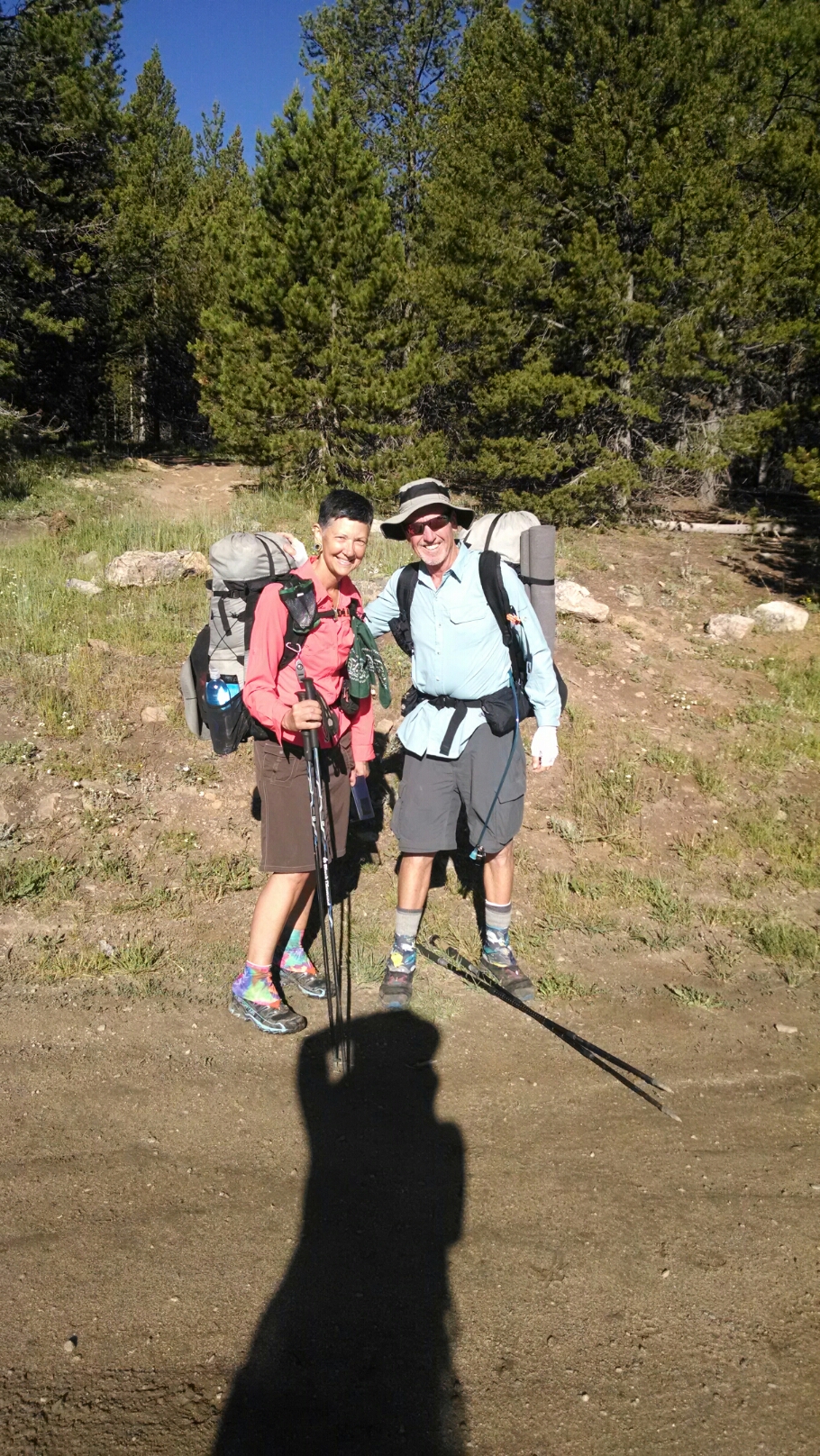The trail continues just above Copper Village shops and views of many condos.
Then close to 3000 feet climb, with the reward of walking along a ridge with a view of rocky peaks.
From the heights we can see the Copper Mountain complex below. Continue reading “Fighting Beetle”



